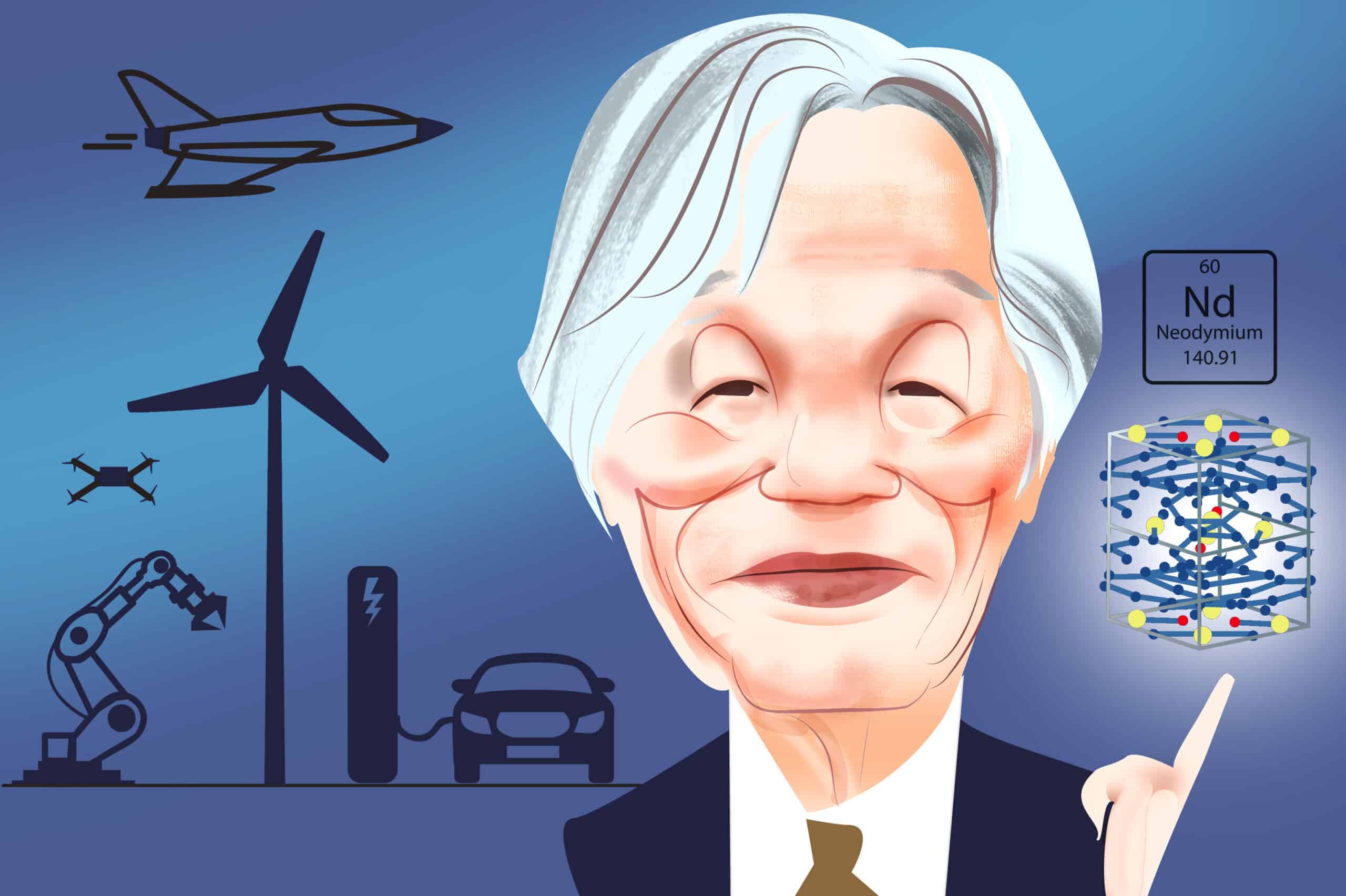Nirupama Rao is a retired Indian diplomat who has spent much of her career focused on China. She joined the Indian Foreign Service in 1973 and went on to serve as Foreign Secretary, Ambassador to China, and Ambassador to the United States. In recent years, Rao has been a visiting fellow at a variety of institutions, including Brown University, Columbia University and The Wilson Center, as she works on her forthcoming book: Telling it on the Mountain: India and China, 1949-1962 (Penguin/Random Ho
Navigate China's Business Landscape with Confidence.
- Gain visibility into supplier risks
- Easily manage trade compliance
- Conduct in-depth due diligence



